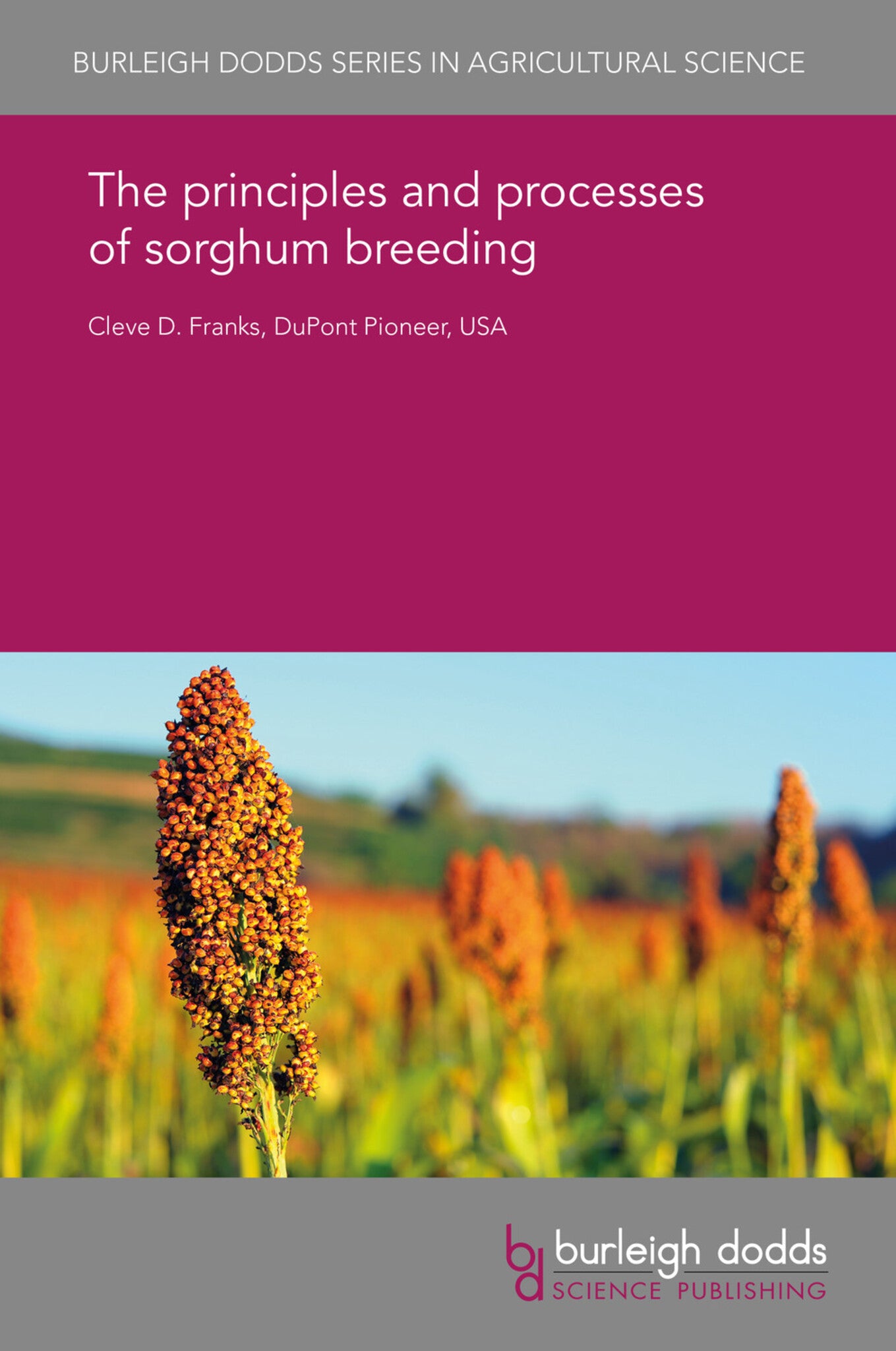We're sorry. An error has occurred
Please cancel or retry.
The principles and processes of sorghum breeding
Regular price
£25.00
Sale price
£25.00
Regular price
£25.00
Unit price
/
per
Sale
Sold out
Re-stocking soon
This chapter provides an overview of the basic principles and processes involved in the breeding of sorghum. A number of standard field operations are described, such as crossing, emasculation and ...
Read More

Some error occured while loading the Quick View. Please close the Quick View and try reloading the page.
Couldn't load pickup availability
- Format:
-
04 July 2018

This chapter provides an overview of the basic principles and processes involved in the breeding of sorghum. A number of standard field operations are described, such as crossing, emasculation and harvesting, followed by a discussion of various methods of selection and topcrossing. After describing these classical breeding methodologies, there follows an evaluation of new directions in sorghum breeding, such as the use of molecular markers and high-throughput means of phenotyping plants. These techniques are discussed in terms of the availability of technology and their economic viability. It is concluded that although classical breeding methodologies will continue to be a requirement in future, sorghum breeders will need to make use of evolving technologies if they are to be successful.

Price: £25.00
Publisher: Burleigh Dodds Science Publishing
Imprint: Burleigh Dodds Science Publishing
Series: Burleigh Dodds Series in Agricultural Science
Publication Date:
04 July 2018
ISBN: 9781838795337
Format: eBook
BISACs:
TECHNOLOGY & ENGINEERING / Agriculture / Agronomy / Crop Science, Botany and plant sciences, TECHNOLOGY & ENGINEERING / Agriculture / Sustainable Agriculture, TECHNOLOGY & ENGINEERING / Agriculture / Agronomy / General, Sustainable agriculture, Agronomy and crop production

1 Introduction 2 The structure of a sorghum breeding programme 3 Field operations 4 Selection and topcrossing 5 Conclusion and future trends 6 Where to look for further information 7 References



